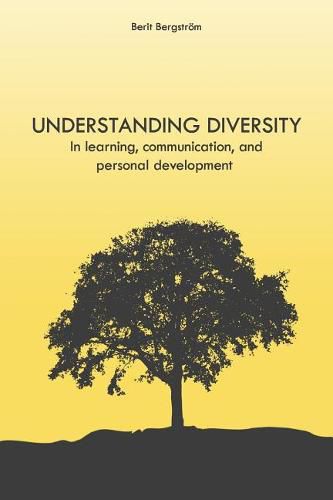Readings Newsletter
Become a Readings Member to make your shopping experience even easier.
Sign in or sign up for free!
You’re not far away from qualifying for FREE standard shipping within Australia
You’ve qualified for FREE standard shipping within Australia
The cart is loading…






For more than 25 years, the author has applied a knowledge of Human Dynamics theory in her work with educators and students. This theory provides an understanding of individual differences based on the interplay of emotional, physical, and mental processes. Something that, in turn, can increase acceptance and understanding of each other in terms of communication, learning, and collaboration. This book is a follow-on to the book Every Child has Specific Needs (2001), in which the author described the successful application of Human Dynamics theory in schools in Sweden. In this book, translated from the Swedish edition published in 2015, Berit Bergstroem presents interviews with the children, now adults, that she wrote about in her first book. We are told in practical terms, and with many examples, how we think, feel, and act, both as individuals and in public contexts. It is a knowledge that, among other things, gives educators an opportunity to better understand and assess their students’ knowledge and to be a support in their development.
$9.00 standard shipping within Australia
FREE standard shipping within Australia for orders over $100.00
Express & International shipping calculated at checkout
For more than 25 years, the author has applied a knowledge of Human Dynamics theory in her work with educators and students. This theory provides an understanding of individual differences based on the interplay of emotional, physical, and mental processes. Something that, in turn, can increase acceptance and understanding of each other in terms of communication, learning, and collaboration. This book is a follow-on to the book Every Child has Specific Needs (2001), in which the author described the successful application of Human Dynamics theory in schools in Sweden. In this book, translated from the Swedish edition published in 2015, Berit Bergstroem presents interviews with the children, now adults, that she wrote about in her first book. We are told in practical terms, and with many examples, how we think, feel, and act, both as individuals and in public contexts. It is a knowledge that, among other things, gives educators an opportunity to better understand and assess their students’ knowledge and to be a support in their development.